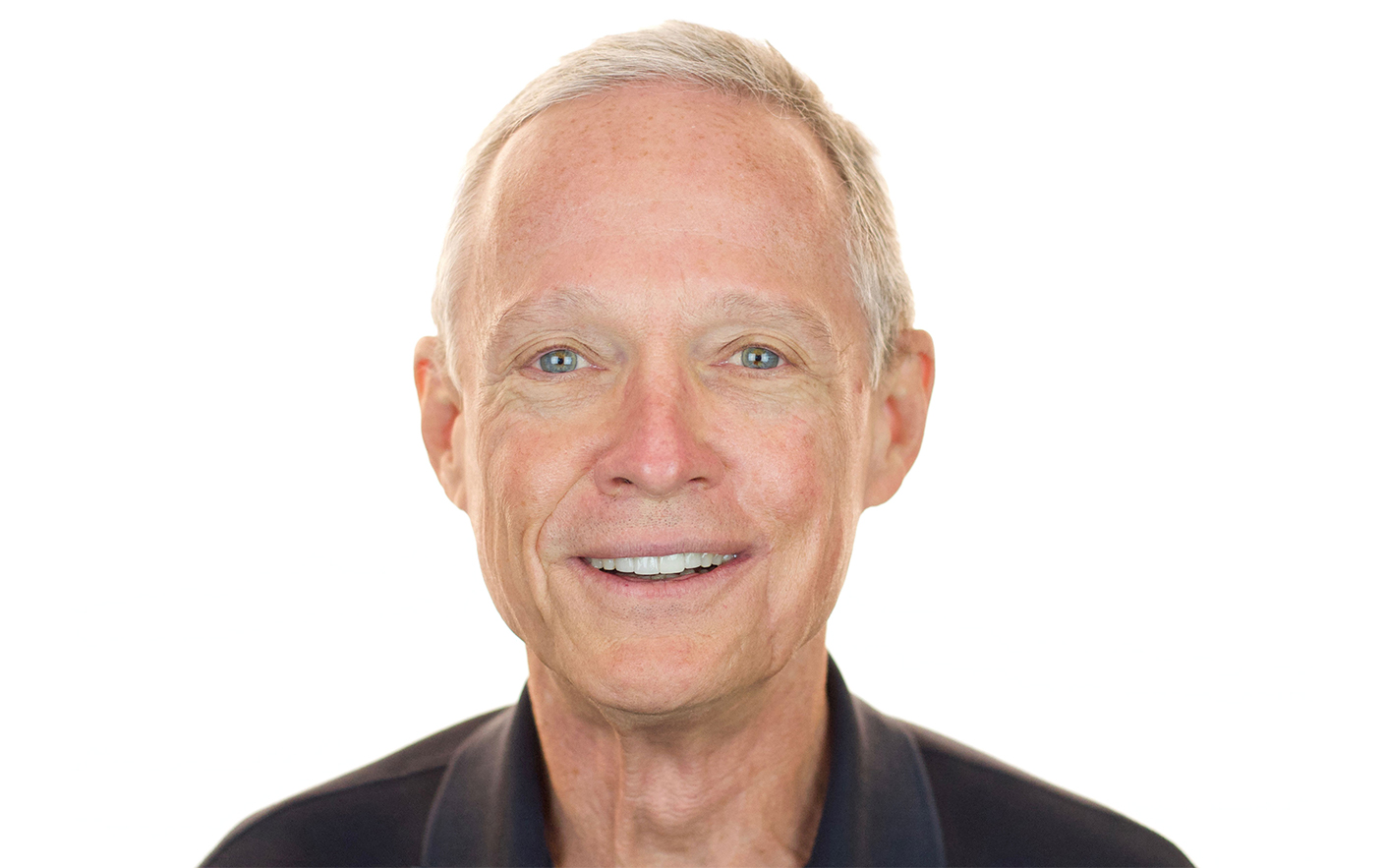Guest post from Dr T.S. Kelso, SDC operations manager.
The year is 2029, the future is here, looking back to 2019, how far has the satellite industry come? What were the first steps we needed to take in Space Traffic management, how did we assess what was needed and become united in a common cause.
We’ve certainly come a long way.
- At the turn of the 21st century, people actually thought we didn’t need to worry about Space Traffic Management (STM), because space was a big place.
- Satellite operators thought the only reason they had never received a conjunction warning was because of the distances involved, not because anybody was actually looking.
- At this time, nobody tried to do Conjunction Assessment—other than the Department of Defence and then only for their satellites—because they believed it would take a supercomputer, millions of dollars, and couldn’t be done in a timely fashion. This was not the case.
- The community started by showing it could be done for all satellites in under an hour on a basic PC and then made it available via machine-to-machine interactions on the Internet.
- That was done using something called Two Line Elements (TLE), which while good for their originally intended purpose of maintaining track custody, weren’t suitable for CA
- We realized that the hardest satellites to track (the operational ones that manoeuvred regularly)—had operators that were willing to share their ephemerides and manoeuvres. This started in 2008 with pioneers like Intelsat, Inmarsat, SES, and Telesat, doing something that in contemporary society might be called crowd sourcing.
- We realized that STM, unlike Air Traffic Control (ATC), is not geographically limited and that any accidents would affect the global space commons. That meant STM was an international issue and an international organization was formed to manage data collection, quality control, analysis, and reporting.
- Satellite operators realized that STM was truly a collaborative effort and that individual operators or countries could not go it alone.
- Launch providers—on behalf of their launching states—began requiring proof of CA services as part of their launch certification process.
- Initially, we were constrained by trying to get better data, with commercial providers struggling to compete with Space Situational Awareness (SSA) capabilities developed by the Department of Defence, because those were perceived to be “free.”
-
- In actual fact, they were not free, costing the US taxpayers billions of dollars each year.
- US military organizations, indeed any military organizations—could not provide the transparency required for CA, due to the nature of their missions.
- We found that commercial systems were much more agile in adopting new technology and mass-producing it to collect SSA that was accurate, persistent, and timely.
- We recognized that commercial systems—even though much less expensive—needed to be paid for, too. We eventually did this via a global SSA co-op or marketplace, which allowed providers to focus on supply the best data possible.
- We realized the value of comparing results from diverse systems as part of an ongoing quality-control process to find inevitable problems in any system and this was greatly facilitated using artificial intelligence (AI).
- With satellite proliferation, operators realized the need to develop low-cost, passive tracking systems for all objects sent to space, including rocket bodies, to ensure tracking networks could quickly identify and track them under all conditions.
- As a community, we realized that leaving satellites and launch debris in orbits for 25 years (or longer) was irresponsible and adopted a more responsible pack-it-in/pack-it-out environmental perspective.
- We recognized that while distance was an easy-to-understand metric, that we needed to handle uncertainty and more importantly use risk in our decision-making process.
-
- We realized that probability of collision was not sufficient when comparing the chance of being hit by a 1cm piece of debris or getting hit by an object the size of a school bus.
- We came to understand that accepting risk of minor collisions which might damage or even kill a single satellite was up to that satellite’s operator, but that standards for avoiding catastrophic collisions which would harm the space environment were an international decision.
- We worked to establish norms for generating/exchanging covariance data for orbits and manoeuvres—even for launch.
- We noted that sharing data on location, size, and mass of satellites was no different than what we did to handle our driverless vehicles on the land, sea, and in the air and we worked together to collect that data.
- We changed the overall operations tempo of batch runs for CA to a continuous process of updating results as new data became available and quantum computing made that easy.
- We started openly sharing CA results with all operators in a collaborative fashion to ensure everyone had a common operating picture and could review all the quality control data, as well.
- AI and quantum computing made assessing collision avoidance manoeuvres substantially easier than it used to be.
- We mastered privacy, authentication, and data exchange standards to ensure this vital data was protected and users were confident as to its pedigree, using tools like blockchain.
- Concepts such as augmented reality, combined with machine learning that anticipated what an analyst wanted to see, made interacting with complex data systems intuitive and greatly facilitated helping decision makers understand their courses of action, especially in exceptional cases.
So, don’t think because the ending will be good that there isn’t a lot of work to be done today to get us there. That will take global collaboration and transparency and being prepared to work together to lead that effort.

